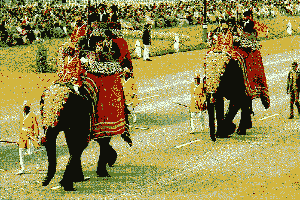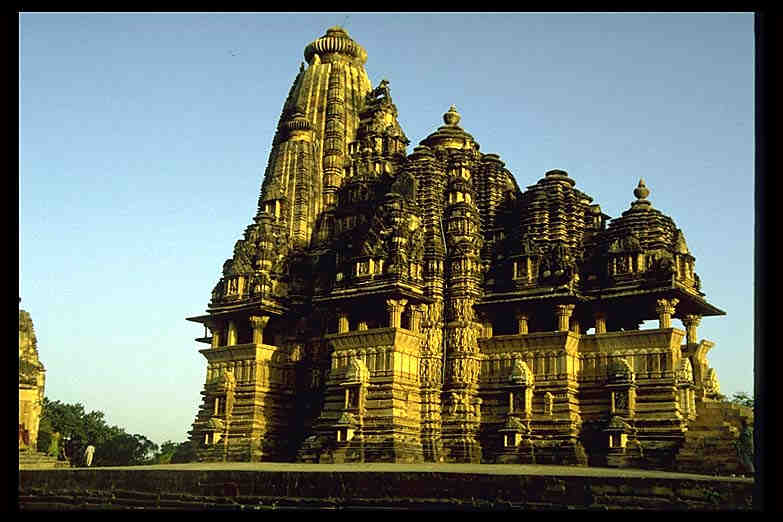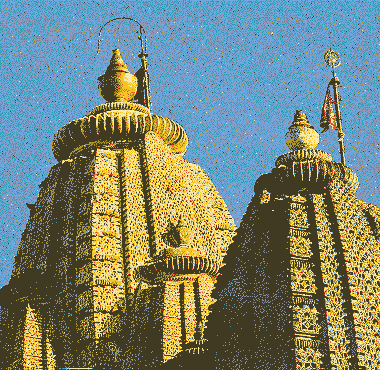India's Contribution to the World's Culture
![]()
Production Technology and� Mechanical Engineering
Shipbuilding and Navigation
Architecture and Civil Engineering �
Mathematics�
Astronomy
Physics and Chemistry
Medical Science �
Fine Arts �
Sports and Games �
Philosophy �
Summing Up�
Sanskrit-English Glossary
A Search for Our Present�
in History
"If there is one place on the face of this Earth where all
the dreams of� living men have found a home from the very earliest days when
Man� began the dream of existence, it is India."
- Romain Rolland - French Philosopher 1886-1944
This book aims at disproving the generally held belief that in ancient times India had only been a land of spiritual development with modest achievements as far as material culture goes. In the opinion of many Westerners as well as some educated Indians,ancient India was only a land of sages, seers. hermits and philosophers or Sadhus, Sanyasis, Rishis and Gurus as they are called. But though spiritual philosophies did flower in India, they were not the only contribution of India to human civilization.
The impression that India is only a land of spiritual development exists because India has been the birthplace of non-temporal values and attitudes like renunciation, meditation, the physico-psychic discipline of Yoga, the concepts of non-violence (Ahimsa), Equality among religions that has found its expression in our policy of religious tolerance 'Sarva Dharma Samabhava'., etc.� �
Even in today's world we see spiritual movements like Ramakrishna Mission, ISKCON (International Society for Krishna Consciousness), Chinmaya Mission, etc., originating in India and spreading internationally. These movements flourish especially in western countries. Thousands of westerners flock to India for� spiritual enlightenment. The influence of Swami Vivekananda on the west is well known.
India has had a long tradition of spiritual development and since ancient times, foreigners especially the Greeks have been enamoured of it. Many foreigners who came to India as invaders and traders embraced Indian religions like Buddhism and� Hinduism and were absorbed into Indian society. Apart from the Greeks (Yavanas), they included Persians (Para-shakas or� Para-shikas - forerunners of present day Parsis), Huns (Hunas) and Mongols (Kushanas). Many emperors looked upon as Indians were actually of foreign origin. Notable among them were Milinda or Menander who was a Greek, Kanishka who was a Kushana� (Mongol), Rudradaman who was a Shaka ( Scythian ).
But, India also has a fair share in enriching the world's
material culture.It is not well know that among other things; the distillation of
perfumes, the making of dyes, the extraction of sugar, the weaving of cotton (muslin)
cloth, and even the techniques of algebra and algorithm, the concept of zero, the�
technique of surgery, the concepts of atom and relativity, the principle of
magnetism actually utilised in making a Mariner's Compass, the herbal system of medicine,
the technique of alchemy, the smelting of metals, the game of Chess, the martial art of
Karate, etc., are to be found in ancient India and there are evidences which indicate that
they might have originated here.�
But while doing this it has to be acknowledged that in the last millennium India has been a borrower of the ingredients of� material culture. But in antiquity when with the exception of Greece and Rome, the west constituted the under-developed world, India had attained a high level of material culture which was contemporaneous with the civilizations of Egypt and Mesopotemia. Upto the end of the first millennium A.D., India was way ahead of the� developed countries of today.�
All this is not being said here, with the intention of justifying any resting on our laurels, but to make it evident that deep in� our history the inhabitants of this country have achievements to their credit. But lost as they are in the hazy past, coupled with� our country today being painted as a borrower of technology, expertise, commodities, etc., from the developed west, makes it doubly difficult for us to lay claim to the heritage, howsoever infinitesimal, that we have bequeated to the world's culture in earlier times.�
In the following chapters we shall take up a few of these issues and trace the roots of their origin, development and transmission� the world over.
�


Continuity and Change: Caprisoned Elephants lumber along the Raj Path in New Delhi as a part
of India's -Republic Day parade.

Vaishnava temple at Khajuraho :
These temples built by
the Chandella Rajputs in the 9th to the 11th century took Indian temple architecture to
its zenith.

The spires of tamples at Jodhpur:
Construction technology in India in ancient times.

The depiction of ship in ajanta murals:
Sea-faring was respected occupation in ancient times in India This is even
reflected in theological folklore.